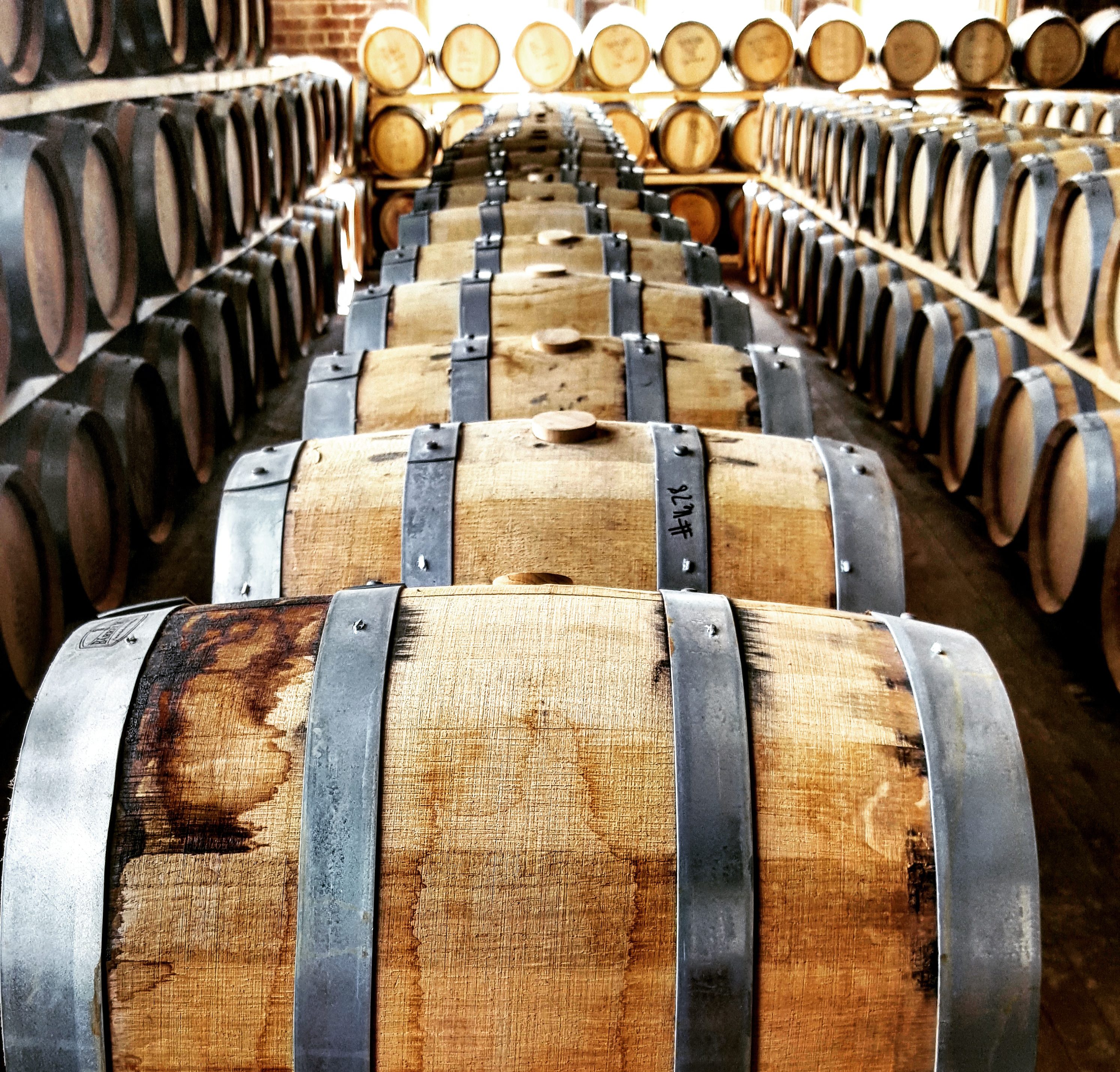
What is rum? Many folks think of rum as a sweet, distilled spirit from the Caribbean used in Tiki cocktails or mixed with cola. Yet (a) most rum isn’t sweet, (b) much rum is made outside of the Caribbean, and (c) although it is great in cocktails, fine rums are often sipped straight like fine whisky.
So what is rum? Let’s use an analogy:
Whiskey is a spirit distilled from grain.
Mezcal is a spirit distilled from agave.
Which brings us to rum – a sprit distilled from sugarcane.
What is rum made from?
Sugarcane is a tall, wide, tropical grass. Originally from Asia, it is now grown in nations across the world.

We can press sugarcane to release sugarcane juice. This can be distilled into rum.
In Brazil fresh sugarcane juice is known as garapa or caldo de cana. In Colombia it is known as jugo de caña de azúcar.
Or we can boil down this juice into sugar cane syrup and then distill from this. This process makes the liquid more stable for storage; it also changes the flavor profile of the resulting rum in a way that some people find desirable.
Or we can use this sugar cane juice or syrup to make molasses. Molasses was originally a by-product of the sugar-making process, but it was soon discovered that it makes a delicious rum. Today most rums from the Caribbean and United States are made from molasses.

How is rum distilled?
We add yeast to any of the above noted sugarcane liquids and let it ferment. The yeast creates alcohol and a wide variety flavorful compounds. Here we seem fermentation at a distillery in Guadeloupe

We now put the resulting brew into a still – it boils the liquid and then cool the resulting vapor. This removes most of the water and all solids. What remains is rum – a high percentage of alcohol, some water, and a variety of flavorful molecules.
There are many types of stills: pot still, column stills, combinations of the two, etc. We can read more at How rum is distilled.
How is rum aged?
It was discovered that rum stored in wooden casks has a change that often results in a highly desired product. Nowadays rum is often aged in ex-bourbon barrels, but it can also be aged in barrels that once held wine. Or, in this case, these barrels from the Privateer Distillery once held Laphroaig Scotch whisky.

I’ve see it spelled rum, rhum and ron, what does this mean?
Do you want fights among rum nerds? Because questions like this is what starts them.

Originally there was no meaning to different spellings. The same is true for whiskey, by the way: Looking back we see there have been many different names for whiskey – Uisce, uisge beatha, whisky, and whiskey.
Well, the same is true for rum: In the past different people pronounced it differently, and thus spelled it differently. English speakers eventually settled “rum,”, French speakers often used “Rhum,” and Spanish speakers used “Ron.”
In the last century some in the rum industry have connected certain spellings to certain styles, which is fine if someone wants to do this.
What is Clairin?
This is a Haitian sugarcane spirit made from locally grown wild sugar cane, fermented with local wild yeast, and distilled in a pot still. It is a drink for locals, and each Haitian village made its own. Traditionally it was never sold outside of Haiti. Finding it here in the states is a more recent phenomenon. Some consider this a style of rum while others consider it a cousin spirit to rum.
What is Cachaça?
Cachaça is a Brazilian sugarcane spirit made from locally grown wild sugar cane, fermented with local wild yeast. Unlike all other cane spirits mentioned here, distillers sometimes add a small amount of corn flour or other cereals to the distillate. This is the most popular spirit distilled in Brazil. Some may consider this a style of rum but most consider it a cousin spirit to rum.
Are Clairins and Cachaças rums?
There have been somewhat vociferous debates about this!

Why the disagreements? There are different ways of looking at things.
(A) There’s a culture-first perspective where one classifies spirits through the lens of history and local cultures. People looking at this way see sugarcane spirits as the top-level category. Within this category we can define:
* Cachaça – made only in Brazil from fresh sugarcane juice
* Clairin – made only in Haiti from fresh sugarcane juice
* Rum – any distilled spirit made from sugarcane syrup, sugarcane juice, or molasses, that doesn’t include cachaça or clairin.
(B) A scientific or biological perspective where one classifies spirits through the lens of taxonomy. People in this camp often use the word “rum” to mean any sugarcane-derived distilled spirits. In the United States, the TTB (Tax and Trade Bureau) categorizes cachaça and clairins in this way.
Related articles
Why are fine rums not as well known as fine whiskeys?
Fine Caribbean rums that can be enjoyed straight

Thanks for reading! While you are here check out our reviews of bourbon, Scotch, Irish whiskey, Canadian whiskey, ryes, flavored whiskys, and rums. We have articles on science & health, and a plethora of other topics. Learn more about me, Distilled Sunshine.

Lovely analysis. Appleton rare and reserve blends are naturally gold, fruity, rich and tropical 🙂 my favourite!
LikeLike